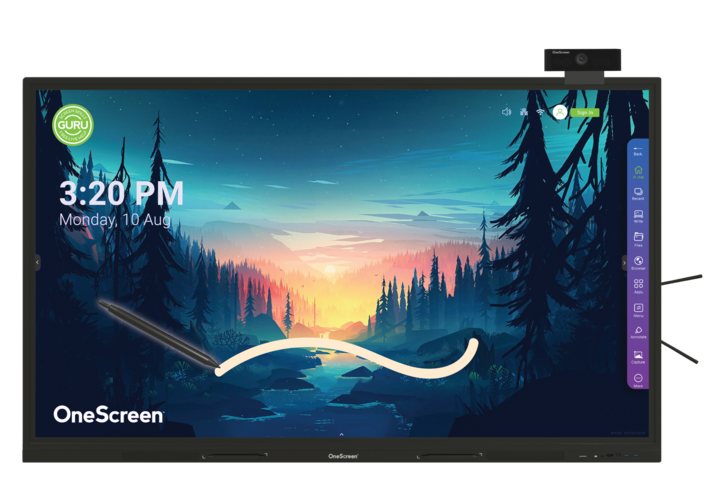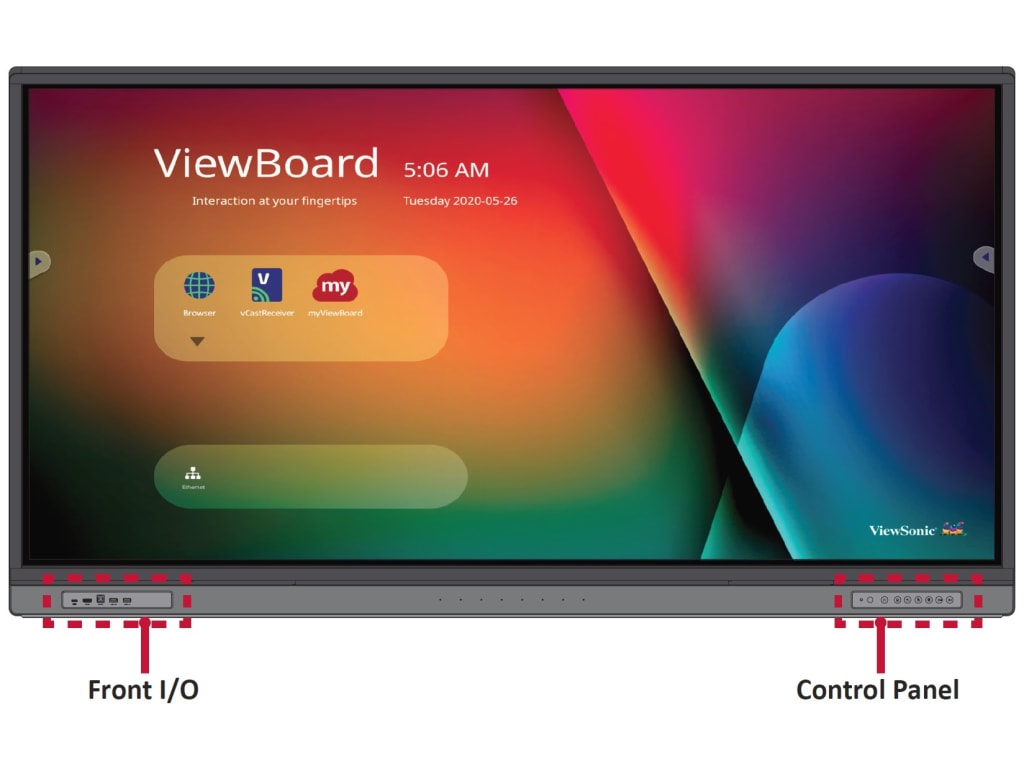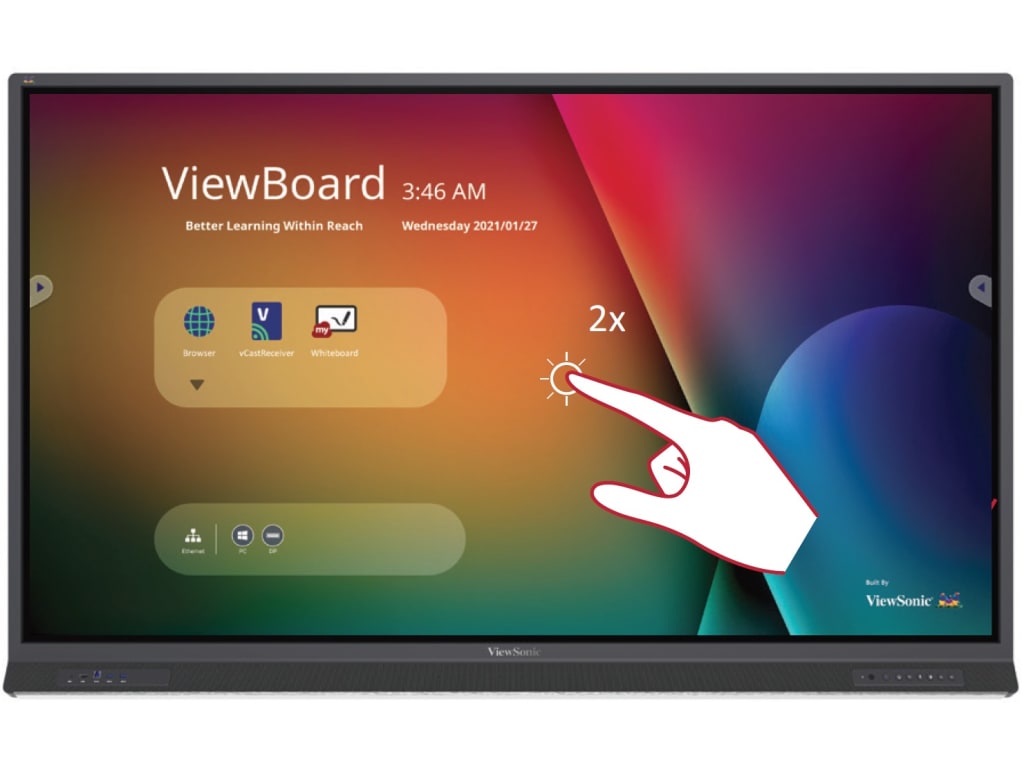Imagine a classroom where the boundaries of learning are expanded far beyond textbooks and traditional lectures. In the heart of this educational evolution are interactive screens, turning STEM (Science, Technology, Engineering, and Mathematics) education into a hands-on, immersive experience. As we delve into the world of STEM learning through interactive screens, let's explore how this innovative approach is revolutionizing the way students engage with complex concepts and experiments.
The Importance of STEM Education
In an era dominated by rapid technological advancements, STEM education has become more crucial than ever. It equips students with the knowledge and skills necessary to thrive in a highly competitive, tech-driven job market. However, the traditional approach to teaching STEM subjects often falls short in engaging students, with abstract theories and complex equations that can seem daunting and disconnected from the real world.
According to Live Science, Stem Education, also known as STEAM, is a multi-discipline approach to teaching. It states
STEM education is a teaching approach that combines science, technology, engineering and math. Its recent successor, STEAM, also incorporates the arts, which have the "ability to expand the limits of STEM education and application," according to Stem Education Guide. STEAM is designed to encourage discussions and problem-solving among students, developing both practical skills and appreciation for collaborations, according to the Institution for Art Integration and STEAM.
Rather than teach the five disciplines as separate and discrete subjects, STEAM integrates them into a cohesive learning paradigm based on real-world applications.

Interactive Screens in STEM Learning
Interactive screens are revolutionizing STEM education by transforming traditional classrooms into dynamic, immersive learning environments. These state-of-the-art technologies, which range from smart boards to interactive touch-screen monitors, serve as a multifaceted platform where educators can animate the intricacies of Science, Technology, Engineering, and Mathematics. They enable the visualization of complex concepts through vivid animations, the manipulation of scientific models in three dimensions, and the conducting of virtual experiments that bring theoretical knowledge to life. Students can engage with these interactive canvases to explore molecular structures, unravel mathematical equations in real-time, and delve into virtual ecosystems, making learning an active and engaging process. Immediate feedback and the ability to adjust variables on the fly allow learners to see the consequences of their actions, thereby solidifying their understanding of fundamental STEM principles.
Moreover, interactive screens foster an environment of collaboration and creativity, breaking down the physical barriers of the traditional classroom. They offer a gateway to a global classroom, where students from different parts of the world can come together for joint projects, share insights, and develop a global perspective on scientific inquiries. This interconnectedness not only enhances the learning experience but also prepares students for a future where digital proficiency and collaborative skills are paramount. The integration of multimedia resources further enriches the curriculum, catering to various learning styles and keeping students motivated. In essence, interactive screens in STEM education epitomize the fusion of technology and pedagogy, offering a glimpse into the future of education where learning is not just about absorbing information but about experiencing and interacting with knowledge in a way that is both profound and transformative
Case Studies
Bright Future Academy: At Bright Future Academy, the introduction of smart boards transformed the way biology was taught. Students could zoom into the human body, exploring intricate systems with the touch of a finger. Post-implementation, the school reported a 40% increase in student participation and a significant improvement in test scores, especially in complex topics like human anatomy and cellular biology.

Global Tech High: Global Tech High took interactivity to a global scale by incorporating touch-screen monitors connected to international virtual labs. Students from different corners of the world collaborated on real-time environmental science projects, sharing data and insights. This not only enriched their learning experience but also fostered a sense of global community and cultural exchange.
Benefits of Hands-on Experimentation through Interactive Screens
The integration of interactive screens in STEM education has proven to be a catalyst for engagement and motivation. Students are no longer passive recipients of information; they become active participants in their learning journey. The tactile and visual nature of interactive screens aids in the deeper understanding of complex concepts, making abstract theories tangible and accessible. Furthermore, this approach encourages the development of essential 21st-century skills, including critical thinking, problem-solving, and collaborative teamwork.
OneScreen TL7 105" Interactive Touchscreen revolutionizes classrooms with its 105-inch 4K UHD display and seamless integration with key educational platforms, providing an unparalleled interactive learning experience for students. Its cutting-edge tools and software foster engagement and innovation in education, making learning both immersive and accessible.
Challenges and Considerations
While the benefits are plentiful, the path to integrating interactive screens in STEM education is not without challenges. Ensuring equal access to these technologies across different socio-economic backgrounds is paramount to avoid widening the digital divide. Additionally, the success of this educational approach hinges on comprehensive teacher training. Educators must be adept at leveraging these technologies to enhance learning, rather than relying on them as mere digital replacements for traditional teaching tools.
Conclusion
The journey of STEM learning through interactive screens is a testament to the transformative power of technology in education. By turning classrooms into interactive learning hubs, we can ignite students' curiosity, enhance their understanding, and equip them with the skills necessary for the challenges of tomorrow. It's time for educators and stakeholders to embrace this change, paving the way for a more engaging, effective, and inclusive STEM education landscape.
Electronic Whiteboards Warehouse offers a range of cutting-edge IFP solutions designed to meet the diverse needs of your school. Explore our selection of Interactive Flat Panels featuring features like:
- High-resolution displays for immersive learning experiences
- Intuitive multi-touch technology for seamless collaboration
- Seamless integration with popular educational software and apps
- Durable and secure construction for peace of mind
-
Dedicated support to ensure a smooth implementation.
Contact our team today for a personalized consultation or live demo or you can reach out to us at (800) 992-5279







